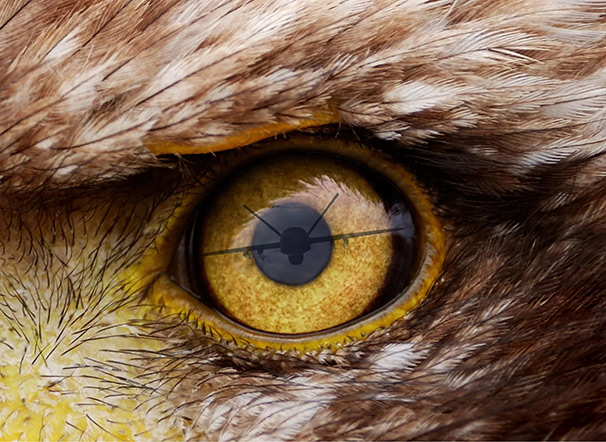
Learn about Eagle Eye Innovations and the people at the heart of the organisation.

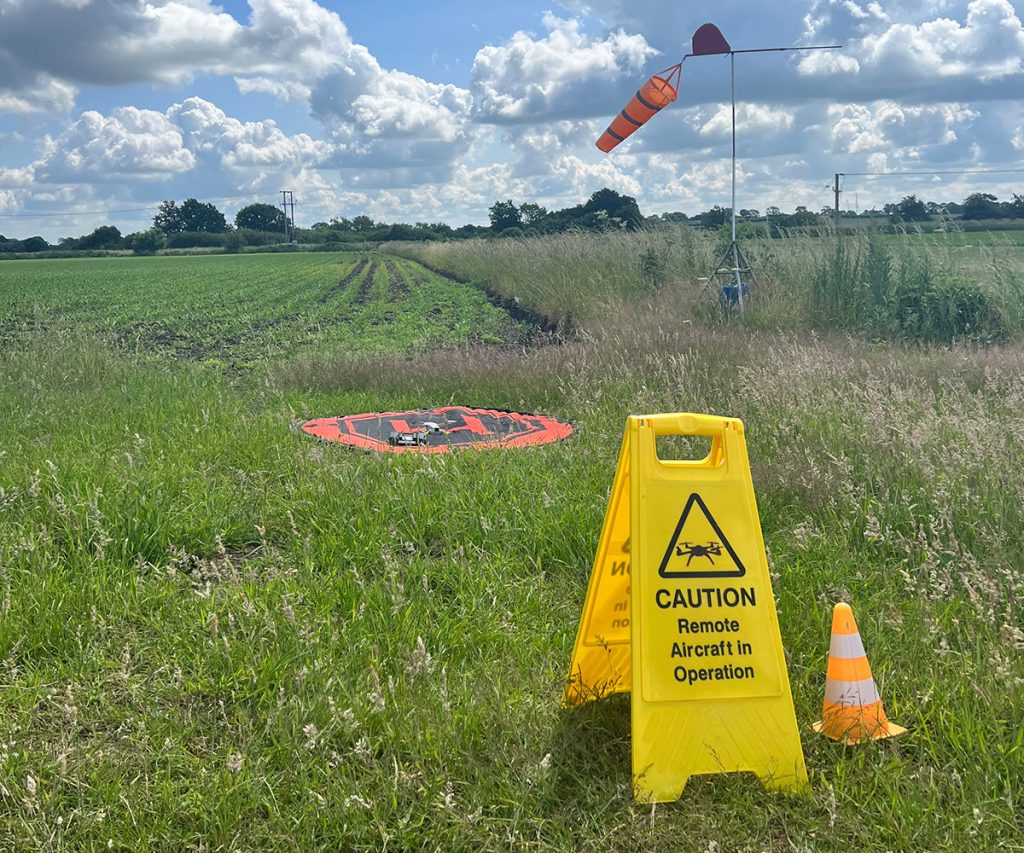
When I arrived in the organisation, safety was just a word mentioned a couple of times in a relatively short paragraph in the Operations Manual. There was no Safety Culture or Just Culture to speak of and incident management was done on the fly. The engineers practised rapid iteration of the various drone technology products and learnt quickly to adapt the UAS to minimise frequency of incidents. No reporting occurred and lessons learned were in hot debriefs at the site. Root Cause Analysis was lacking so the real cause of issues were never really established.
Prior to joining, I had completed some Safety Management System (SMS) courses at some well-known training providers and was completely fascinated by the subject. Now I found myself with a rare opportunity to conduct what amounted to a social experiment, a chance to set up an SMS in a drone startup from scratch with a comprehensive Safety Culture and Just Culture at its heart. I had a relatively blank canvas, or so I thought. How difficult could it be?
The answer….hugely difficult.
Looking at the makeup of the company, I observed the first challenge. Two thirds of the staff were engineers and of those, the vast majority had come to the company from non-aviation sectors such as high-performance motorsport. They were new to aviation and their safety frame of reference was rooted in a completely different place. Therefore, education became priority no. 1 – after all, it was one of the 4 key pillars of SMS. I set out on a series of organisation wide and departmental briefings on safety management and Just Culture just to get everyone on the same page. It wasn’t plain sailing, some engineers just saw it as onerous and an extra responsibility they didn’t need when they had a huge design task to conduct. For these individuals, some additional influence was conducted, activity I likened to a ‘Jedi’ mind trick.
I identified safety management champions to act as the safety conscience within the business and set about getting them on courses to get them up to speed. We then created a policy document that set out how we would address safety across the business. The resulting Air Safety Management Plan (ASMP) articulated our organisational approach and included the establishment of 3 Safety Action Groups (SAG) and a Safety Review Board (SRB). The SAG’s operated in the Flt Ops, Engineering and H&S areas and the SRB was designed to provide the Senior Leadership Team with oversight on key safety matters escalated to them from the SAG’s and enable overall ownership of the safety space.
In an engineering business that builds, integrates and tests drones there is a significant H&S component that shouldn’t be forgotten. It is easy to consider this as unrelated to the operational safety domain but we learnt, sometimes through hard lessons, that this needs to be integrated into the SMS as a whole and not be left as a standalone function. A number of the H&S near misses we encountered manifested themselves as issues in the Flt Ops domain.
Most staff members were new to the idea of a Just Culture, a culture where everyone, irrespective of role or position in the business was encouraged (and even rewarded) to report safety issues, no matter how trivial, in the knowledge that they wouldn’t be punished, as long as they weren’t grossly negligent or openly sabotaging the business. We introduced a ‘safety moment’ reporting mechanism through JIRA, the engineering project management software. Each safety moment could be triaged by the relevant SAG and addressed directly. The company responses to addressing each safety moment could be tracked and monitored by the reporter until a successful close which gave wide visibility and helped build confidence in the system. The importance of everyone in the business being part of the safety footprint was emphasised on one occasion which taught me the importance of the organisational approach to safety. A business support member of staff, with no understanding of engineering, noticed something that didn’t look right while chatting with an engineer on the workshop floor and as a result, a design change was identified and implemented.
The new influx of data was encouraging rather than negative as it showed that the safety issues I knew were happening were now being reported. If they’re reported, they can be addressed. And if we address them directly, we can start to lower the probability of safety issues happening. That is what SMS is all about…..
For assurance, we implemented an internal audit structure and importantly, commissioned a specialist Independent Safety Auditor (ISA) to conduct external assurance in the form of a 3 day annual audit which generated a comprehensive report on the SMS and included a Safety Culture survey consisting of interviews with randomly selected staff across all depts of the business. The learning points from this activity were incredibly useful as we knew at a glance which areas of improvement we needed to focus on.
This quality and safety management enabling activity, whilst not directly revenue generating, had an indirectly positive impact on a number of stakeholders. It gave confidence to our investors that the product was developing in a future proof way, thereby protecting their investment. Our customers, mainly the UK MoD and US DOD, were impressed that their possible future acquisitions were being designed with quality and safety in mind, thereby providing cost effectiveness for the taxpayer. Our novel approach attracted very positive feedback from the regulators who were leaning into Performance Based Regulation (PBR), a principle that places much more devolved responsibility on the organisation. Even our insurers were pleased as our SMS approach reduced the likelihood of a drama and the resulting insurance activity and this brought down our premiums accordingly.
It took 3 full years of hard work implementing the SMS in the first place and then continual refinement to keep it going. Staff turnover was high, as is often the case in startups, and so education and re-education was really important. We didn’t achieve perfection – this is unattainable – but we worked tirelessly to attain excellence. It was a journey worth taking and the organisation gained hugely from the social experiment it started out as. The main learning point was that the safety journey isn’t just about the destination, it’s the route to getting there that is the important part.
I incorporated the lessons I learned in my SMS journey after I left the drone startup in question and now employ them in generating and auditing SMS in RPAS businesses both in the UK and internationally. I can do this because I have walked the path and whilst it was rocky at times, it was entirely worth the effort.
– Craig Lippett, Head of Technical Services
News
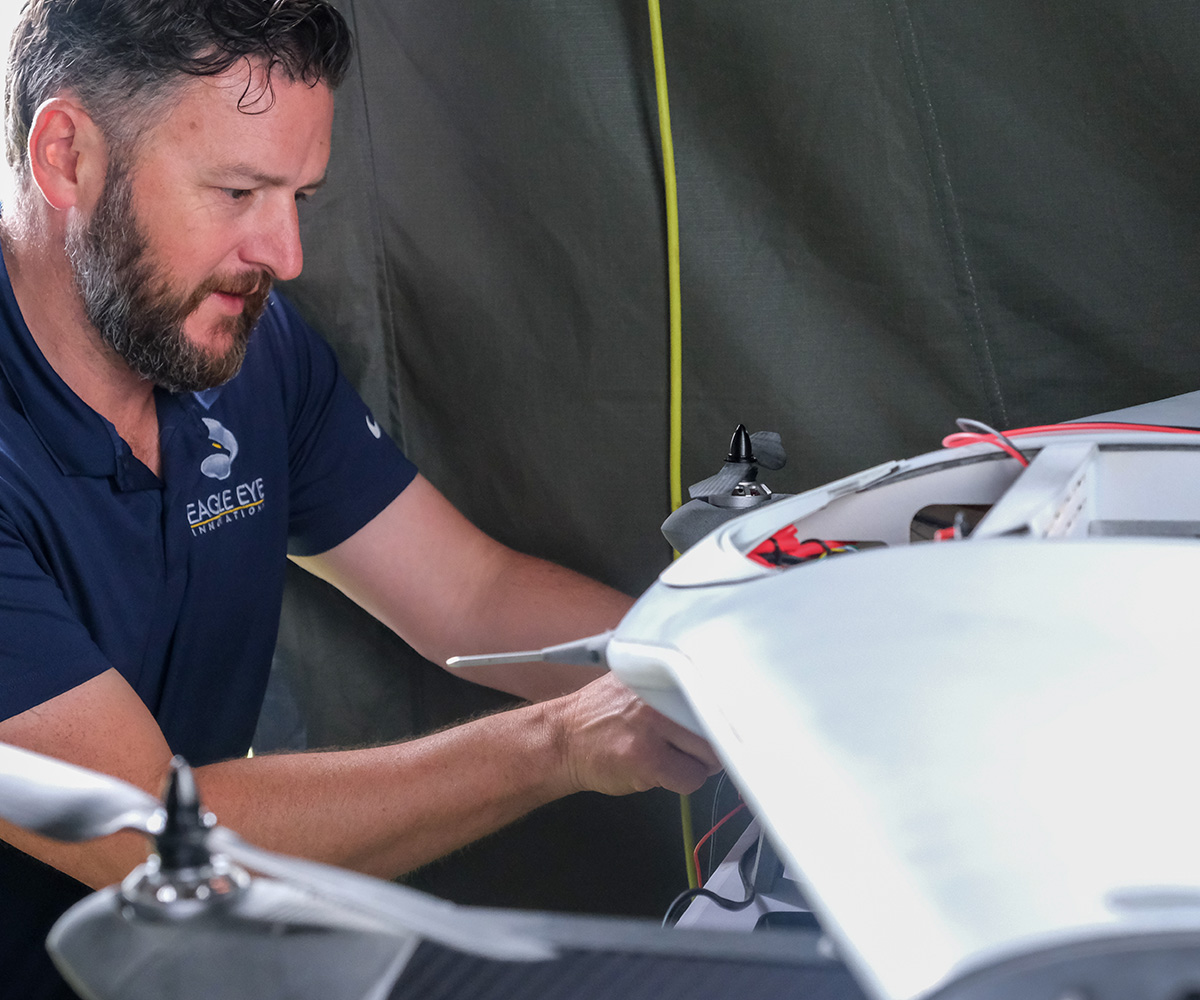
On Mon 3 Mar 2025, the UK Civil Aviation Authority (CAA) published ORS9, Decision 46, setting out the UK Specific Operations Risk Assessment (SORA) methodology as Acceptable Means of Compliance (AMC) to UK Regulation (EU) 2019/947 Article 11. The CAA... Read more
Training
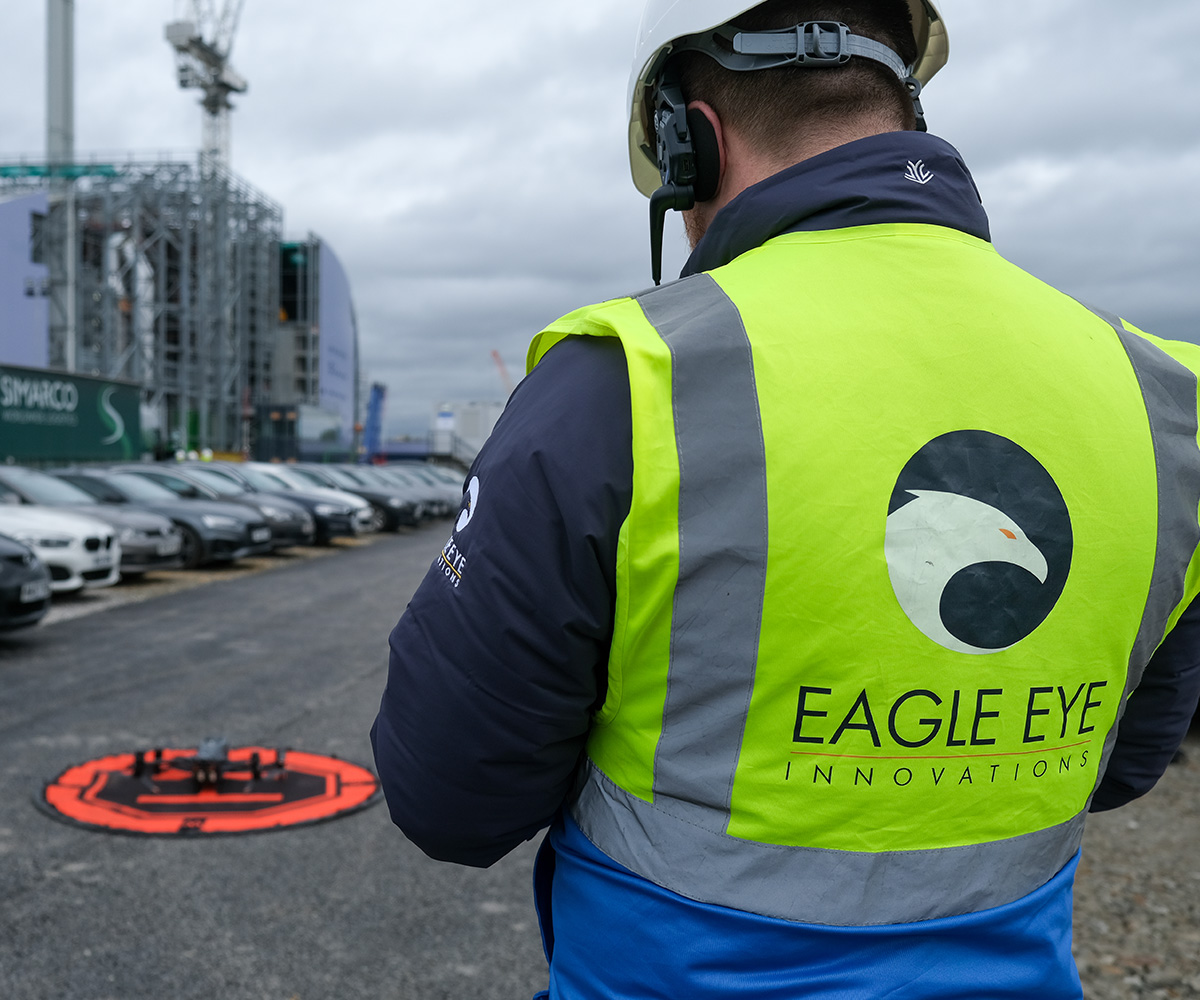
The construction industry operates in a dynamic environment characterised by tight deadlines, complex project requirements, and stringent safety regulations. But how can drones revolutionise onsite operations and safety?
Training

Keeping farms and agricultural sites safe is becoming increasingly important, especially as we head towards the warmer summer months. But always keeping such large areas of land safe traditionally requires increased manpower, spending on security systems and time that those... Read more
Training
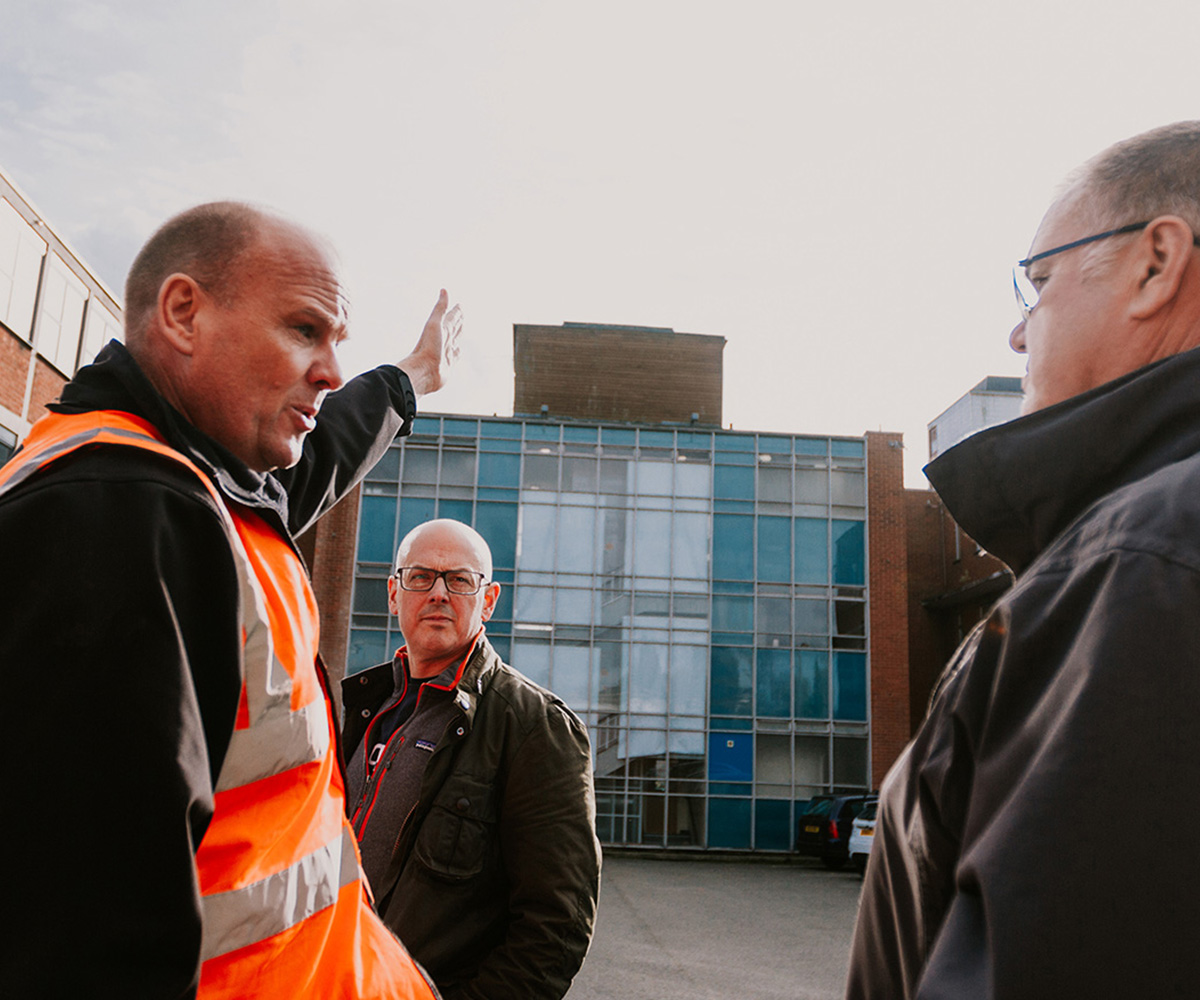
In the rapidly evolving landscape of technology, drones have emerged as versatile tools, transforming various industry sectors, particularly the utilities sector. Drones have fast become one of the best ways of improving health and safety on site, but in order... Read more
Training

Drones are revolutionising various aspects of the UK rail industry, from infrastructure inspections and drone mapping for railways, to emergency repair response. But what are the benefits?
News
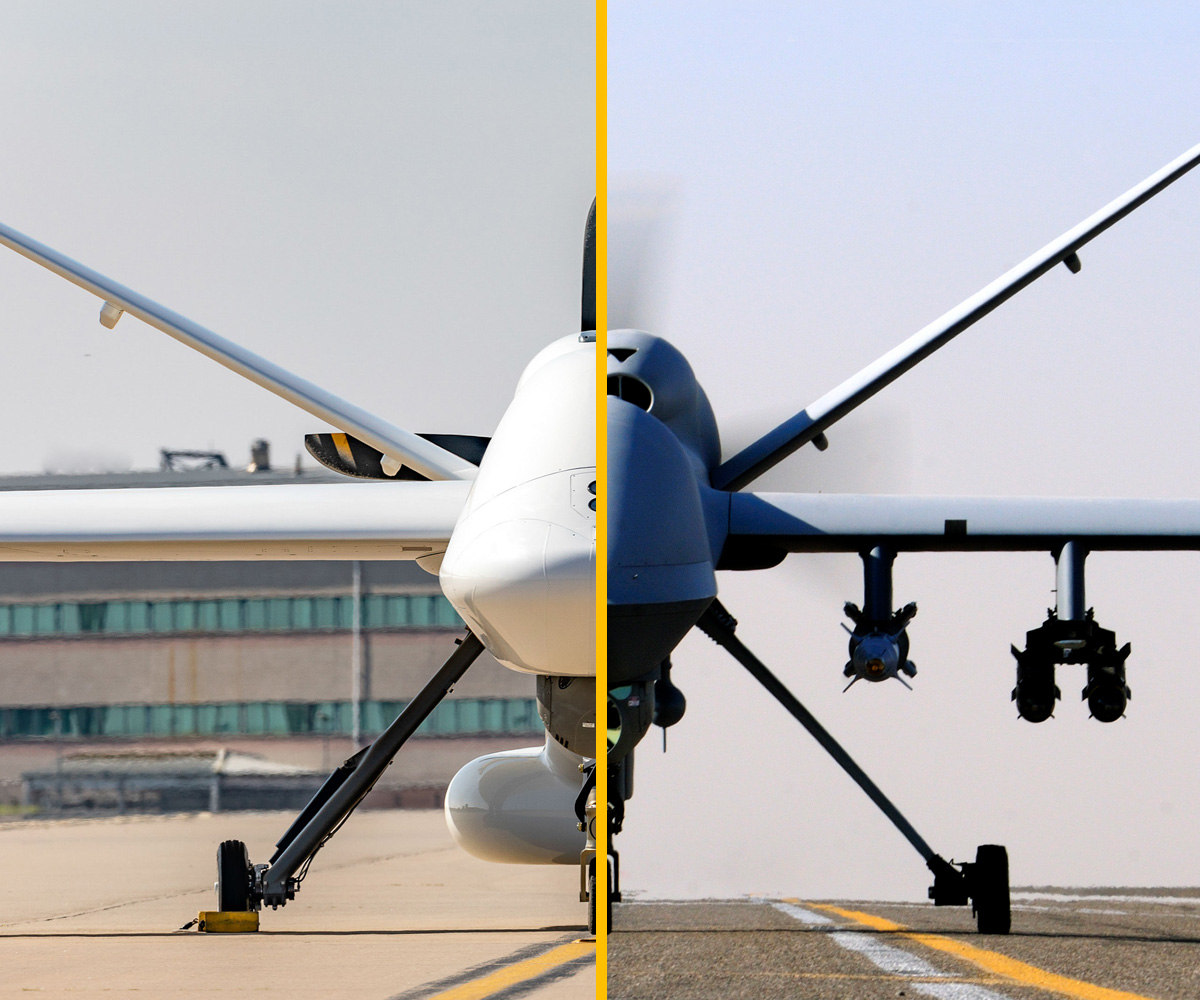
In light of the Protector RG Mk1’s first flight from RAF Waddington, we wanted to highlight the differences in the MQ-9 Reaper and the new MALE platform.